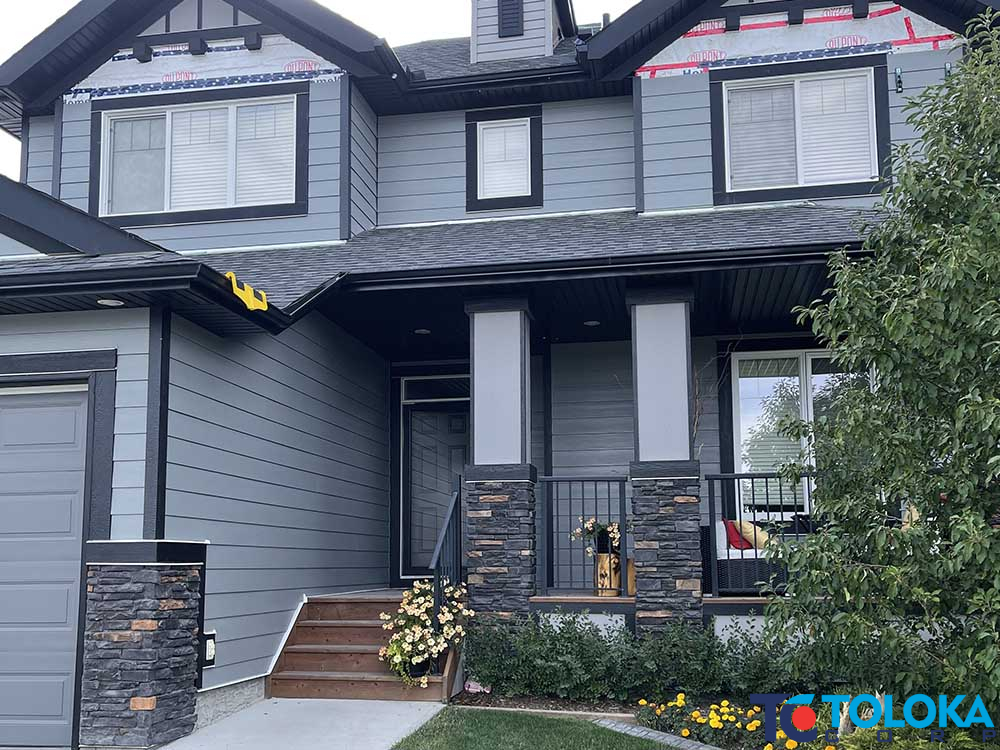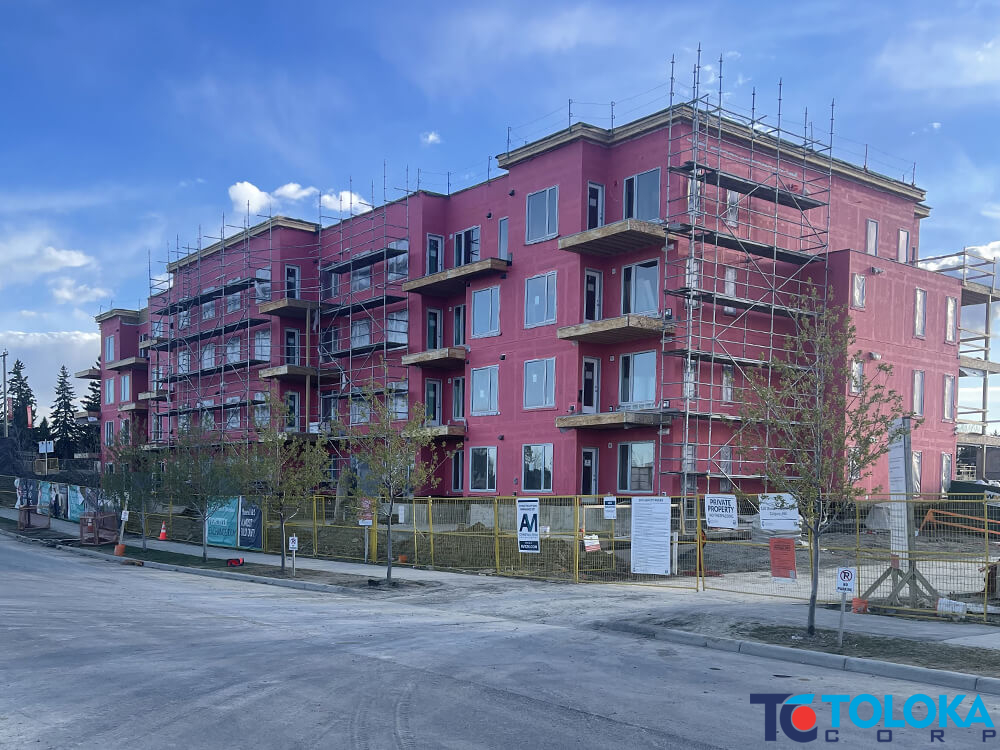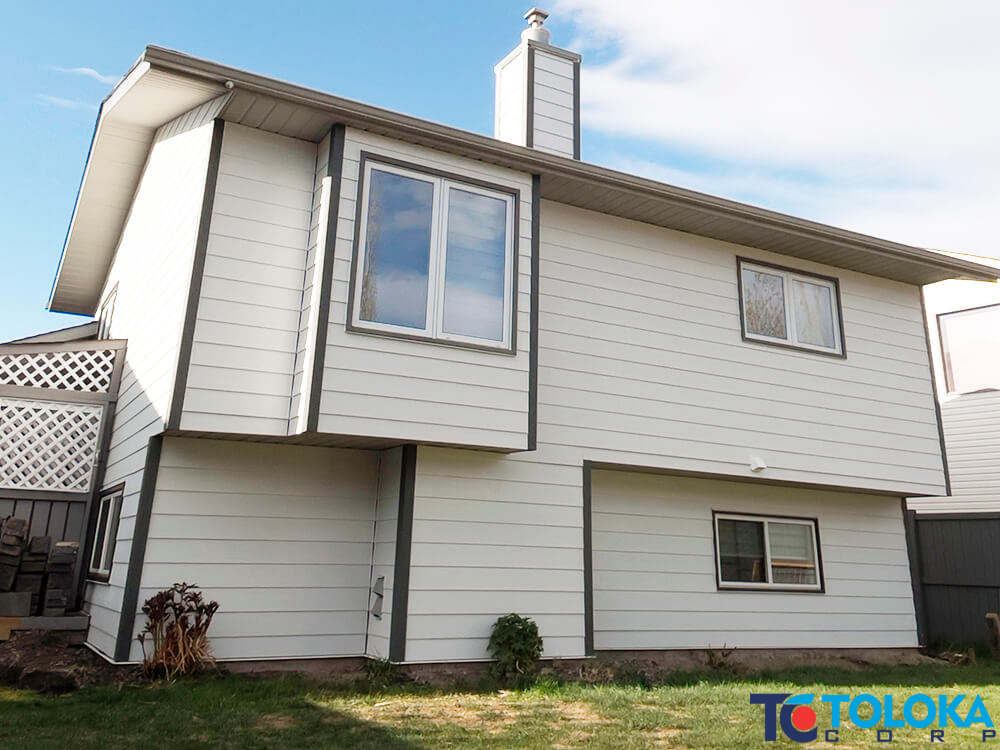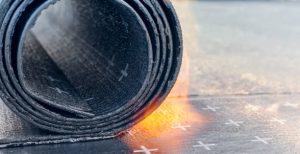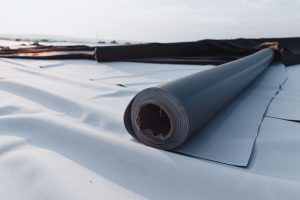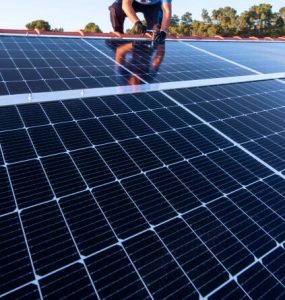Have You Realized The Roofing Importance?
Most people start to think about roof renovation after a fire, windstorm, or other severe weather impacts. This is when the roof race begins: you’re desperately trying to find qualified builders. Moreover, the pressure of time is exhausting you as the roof can’t wait.
Our clients don’t want to experience such a tricky situation. They are aware that you need to pay attention when observing the first repair signals. A seemingly innocent ceiling stain or drip could be significantly cheaper to fix than the whole roof replacement process. However, if recurring leaks annoy your life and your roof is more than 20 years old or out of warranty, TOLOKA General Contractor&Builder advises you to replace it.
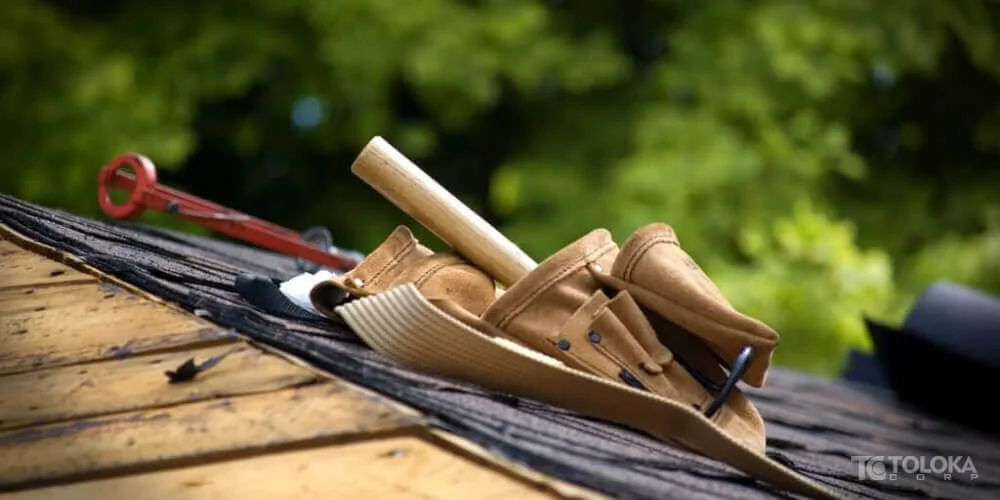
Most Common Types of Roofing
Before the beginning of the repair process, our team of professionals will study what needs renovation. It happens when only half of the roof has to be replaced. So, you’ll be able to save money especially when new shingles can be installed over the old ones.
Typically, we talk with our clients about a complete roof redo. This means the underlayment should be replaced as well. TOLOKA General Contractor&Builder is responsible for every aspect of the renovation process. Thus we surely talk about all details and expenses.
We offer the following kinds of roofs to be installed:
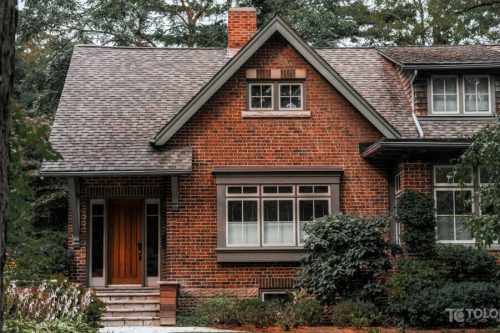
Asphalt Shingles
The most popular roofing type is asphalt shingles. They are manufactured from a fiberglass base topped with asphalt and protective mineral granules. Three-tab shingles are installed all over the roof making it durable and lasting up to 20-30 years. As this roofing material is flexible, it can be applied to almost every roof structure. The waterproof feature is mixed with strength and lightweight creating one of the best money-saving options for your house. Usually, asphalt shingles are divided into three types:
- Standard shingles entry-lever 3-tab are the thinnest and the cheapest ones
- Architectural shingles are thicker and resemble wood shakes
- Multilayered architectural shingles are the most expensive and look like wood
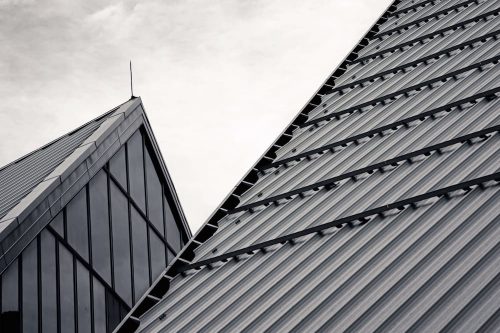
Metal Roofing
Different materials are combined into this term: steel, aluminum, copper, and alloy. Styles and color variations are to complete any design. Often called metal shingles or shakes, they are produced to look like traditional shingles. If you’re critical about the look of your house, this option fits you the best. Metal won’t burn and resist high winds. But you can have some noise during rainstorms as well as some small repairs after the hail. Metal roofing reflects more sun rays and will keep your house cooler in summer. The installment costs vary depending on the type and style of metal as well as corrosion possibility.

Stone-coated Steel
This roofing seems to have some superhero skills: damage-resistance from heavy rains, strong wind resistance, uplifting, hail, and freeze-thaw cycles. Customers from windy and prone to fires regions prefer this type of roofing. Moreover, some manufacturers offer a warranty for the lifetime of the house.
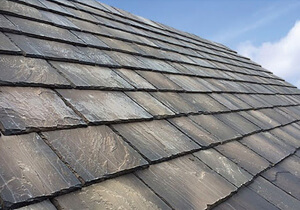
Stone Slate Shingles
The oldest and most durable type of roofing is slate. True slate shingles are authentic, real sheets of true stone. Only highly specialized builders can install this roofing material because of the fragility. Slate shingle won’t burn, are waterproof, resist mold and fungus. Little color offer is compensated by a beautiful exterior look. Thus its cost is fairly high.
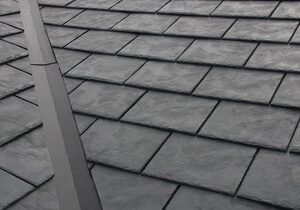
Rubber Slate
Synthetic or rubber slate (or shingles) is constructed from engineered polymers mixed with recycled plastic and rubber. So, it’s quite environmentally friendly. If your house cannot support heavy roofing, rubber slate is a great option. But this type of roofing can be damaged easier, even by walking on it. Warranties depend on the producer and vary from 50 to 100 years.
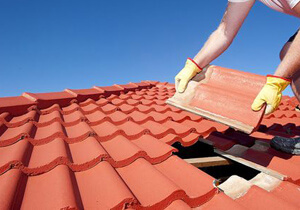
Clay Tiles
This roofing dates back to the oldest China homes. The high price is combined with a pile of styles: Spanish, French, Scania, etc. It’s long-lasting and nice for hot climates. Clay tile is made from natural materials and fired for hardness. Unglazed clay tiles have a reddish color. Glazed ones form ceramic roofing tiles. Extra support has to be installed to bear the weight of these tiles.
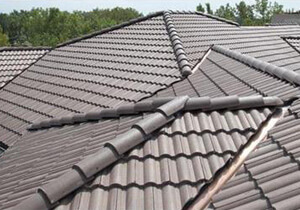
Concrete Tiles
Being an alternative for clay tiles, this roofing is manufactured from sand-mix concrete colored according to the client’s desire. Concrete tiles can resemble rolled tiles or even wood shakes. This heavy material is great for high-wind regions. For a more customized look, this type can be covered with a decorative coating. The life expectancy of 50 years and more comes together with an honest but high price.

Wood Shingles or Shakes
It’s a common thought that wooden shakes or shingles are for dry climates only. We can’t argue with this as installed in the prone to rain areas, this roof would require often inspects. Still, it’s an attractive option for those who are ready to pay more. Wood shingles are usually thin, wedge-shaped slabs of wood manufactured by sawing. Wood shakes are split wood pieces with a rougher texture. Wooden roofing has a couple of cons: possible water damage, mold, rot, fire-retardant treatment, and high maintenance.
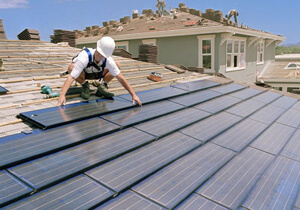
Solar tiles
This is an additional point to the new roof. Solar tiles can be installed seamlessly on the existing shingles. But only roofers who specialize in building-integrated photovoltaics can conduct the installation. This power-generating option is great for sunny roofs. The cost is bigger than traditional solar panels. Though it won’t stop true eco-friendly customers who would like to make a nice investment into the future.

Green Roofing
If you’re sure that grass and moss are only allowed for dwarf’s homes, we’ll change your mind. This extra modern option is called green roofs or living roofs. Being expensive to install, it has a lot of benefits. The excessive heat is kept out of the house. The rainwater runoff is essentially reduced. Green roofing puts oxygen back in the air and provides thermal insulation. Of course, a layer of waterproof membrane is put under the grass. Living roofs can be intensive with the ability to grow large plants and bear people’s weight, and extensive with only a thin coat of moss. This roofing is durable but requires constant maintenance.
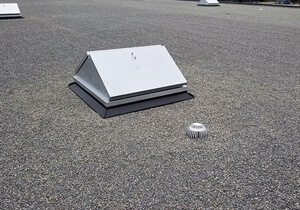
Built-up Roofing
It’s a cheap option for flat roofs or the ones that are very low in pitch. Built-up roofing systems include layers of crushed stone and hot asphalt. Two to four coats are good for typical flat roofs. They are best for roofs with heavy walking traffic. However, they become a little sticky in summer. Durability is up to 20-30 years.
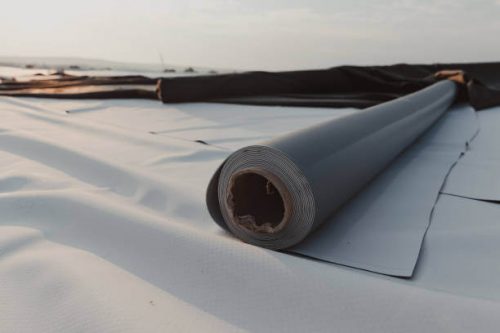
Membrane Roofing
Usually, we don’t want our customers to remember such complicated names. But the thing is that membrane roofing has several, hard for spelling, types:
- Neoprene (polychloroprene)
- EPDM (ethylene propylene diene monomer)
- PVC (polyvinyl chloride)
- Chlorinated polyethylene and chlorosulfonated polyethylene sheets
- Polymer-modified bitumens
The second type, EPDM is most commonly used. Sometimes it’s called rubber roofing. It’s also about the long rolls of the product installed on the roof. Being quite inexpensive, membrane roof has 20-35 years of maintenance.
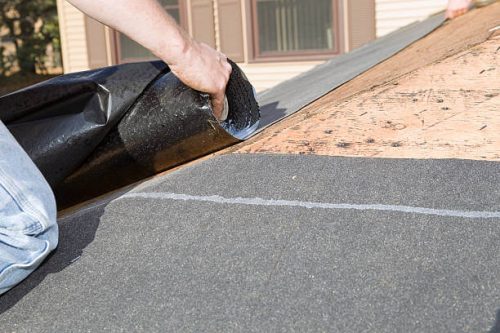
Rolled Roofing
This product is used for low-slope residential roofs or commercial buildings. Long rolls of mineral- and asphalt-impregnated material are topped with mineral granules. It’s a fast, convenient and inexpensive way to cover your roof in case you don’t care about the appearance. Though rolled roofing won’t last more than 10 years.
Do you hesitate what to choose?
Our consultant will answer all your questions, just send your contacts and we will call you within 20 minutes. Or send your questions to our e-mail.
GET A FREE CONSULTATION
What Comes Beneath: Soffit and Fascia
Whether connected to the roofing or the siding of your house, soffit and fascia are considerable for the renovation process. For better understanding, there’re two terms:
- Fascia is commonly a piece of vinyl or aluminum (wood rarely) that covers the board (the support line for the bottom of the roof) and protects it from water.
- Soffit is a finished surface underneath the roof that covers exposed construction points and the attic space produced from vinyl, aluminum, or wood.
The importance of these exterior components is quite noticeable. Soffit is responsible for the ventilation of your house. If you don’t want mold to be spread all over your home, the attic should be well ventilated. Apart from the moisture point, soffit releases extra heat as well.
Fascia is the roof supporter. Is there something more? Yes. The gutters are installed on the fascia, so it has to be made from strong material to handle the weight. Besides, fascia is visible to everyone and can make the house’s curbs look better.
Which material to choose from? The wooden soffit and fascia are nice-looking but need more maintenance. The aluminum products are cheaper, lighter, and don’t rust. Though it’s prone to corrosion and doesn’t keep color well. The vinyl soffit and fascia are popular, have more colors, are better insulators. Only occasional cleanings are recommended.
TOLOKA General Contractor&Builder has a strong belief that information rules the world. So, we’re glad to provide you with any information you may need to make the best choice for your roof.
GET IN TOUCH
Contact Us



